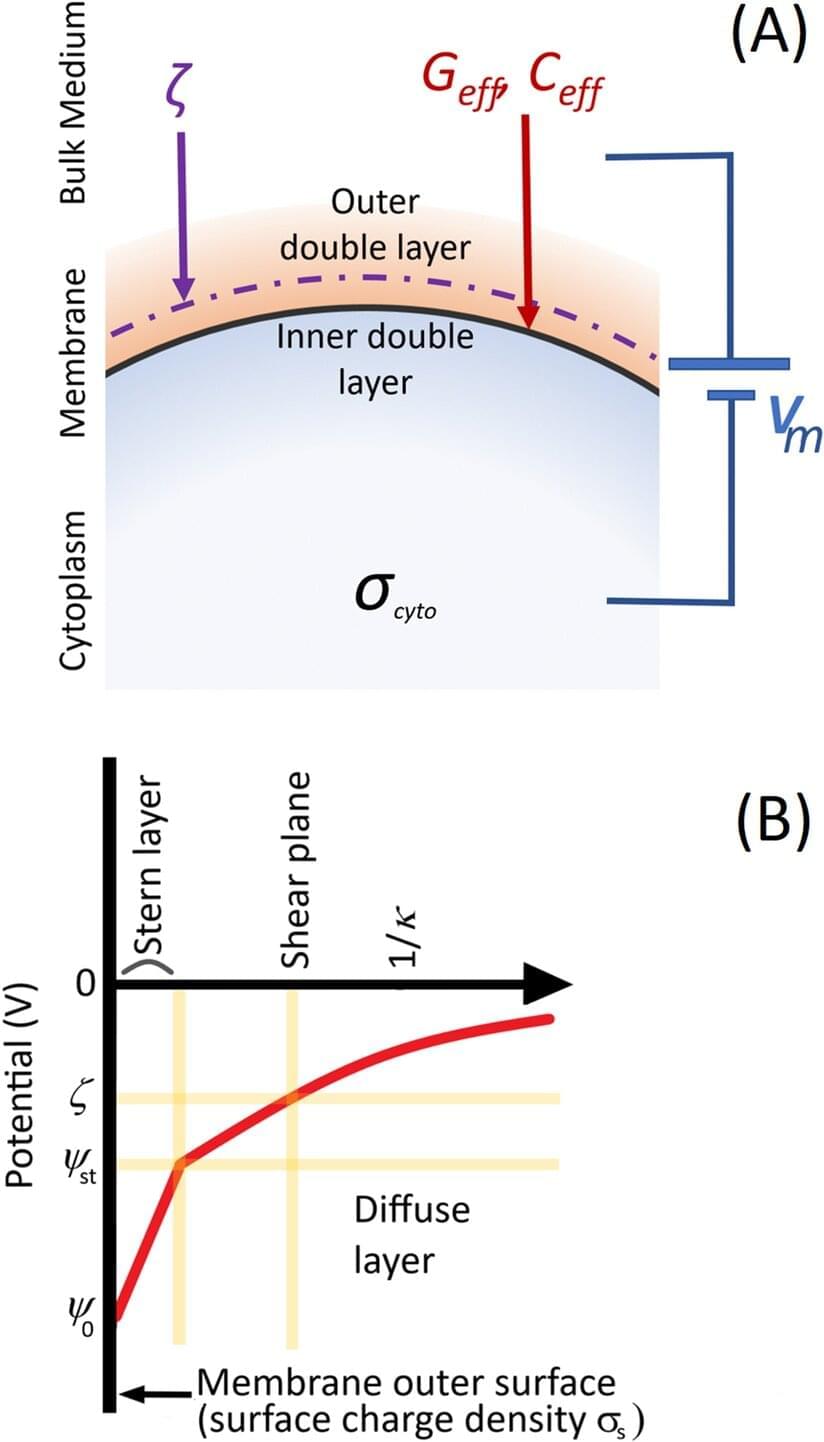In a paper published in Scientific Reports, academics at the University of Surrey have discovered that biological cells generate an electric field voltage that appears outside and not just within, meaning each cell acts as a tiny electrode. Since this voltage impacts how cells interact with their environment, including the way cells stick to one another, this has significant potential implications for future medical treatments.
Since the 1790s, scientists have known that electricity plays a role in the function of life, with the discovery in the 1940s that every cell contains a voltage that controls many of its functions. This is particularly the case in muscle and nerve cells but has also been shown to play an important role in diseases such as cancer.
However, until now, this voltage has always been understood to be contained within the cell. Through intricate experiments with red blood cells, the Surrey-led research team has shown that the voltage appears outside the cell as well. This means that cells effectively act as tiny transmitters, electrically changing the environment around them. Similar results in other types of biological cells could play a significant role in determining new types of medical treatment.
